I was going to entitle this post Fear of Dyeing (and Silk Screening) but Where’s the Pun in That? But it was too long so I just went with the edited version… a girl can have a little pun. Okay, okay that’s enough. I’ve filled my quota of puns and I’m barely out of the starting gate. It’s all going to be very serious from here on out.
In my last post I promised screen printing, so here we go. All the photographs below are of techniques described by Elizabeth Barton in her wonderful class Dyeing to Design over at the Academy of Quilting.
The last and only time I did screen printing was when I worked (briefly) for the fashion designer Zandra Rhodes while living in London having just graduated from Parsons School of Design about a hundred years ago. Zandra Rhodes is known for her beautiful silk screened fabrics as well as being the “Queen of Punk” a distinction given to her back in the late 70’s. All I remember from that time, aside from the time she told me to clean her bathroom, was using a huge squeegee-like thing to scrape paint across the enormous screens she used. I wish I could remember more as it might have helped me get over my fear when tackling Elizabeth’s silk screening lesson. I have to admit I was completely intimidated reading the lesson over, so much so that I read the lesson and then didn’t do any of the exercises mapped out in it for at least three days. Then another person in the class posted her gorgeous silk screened fabrics and it motivated me to at least try some of the techniques suggested.
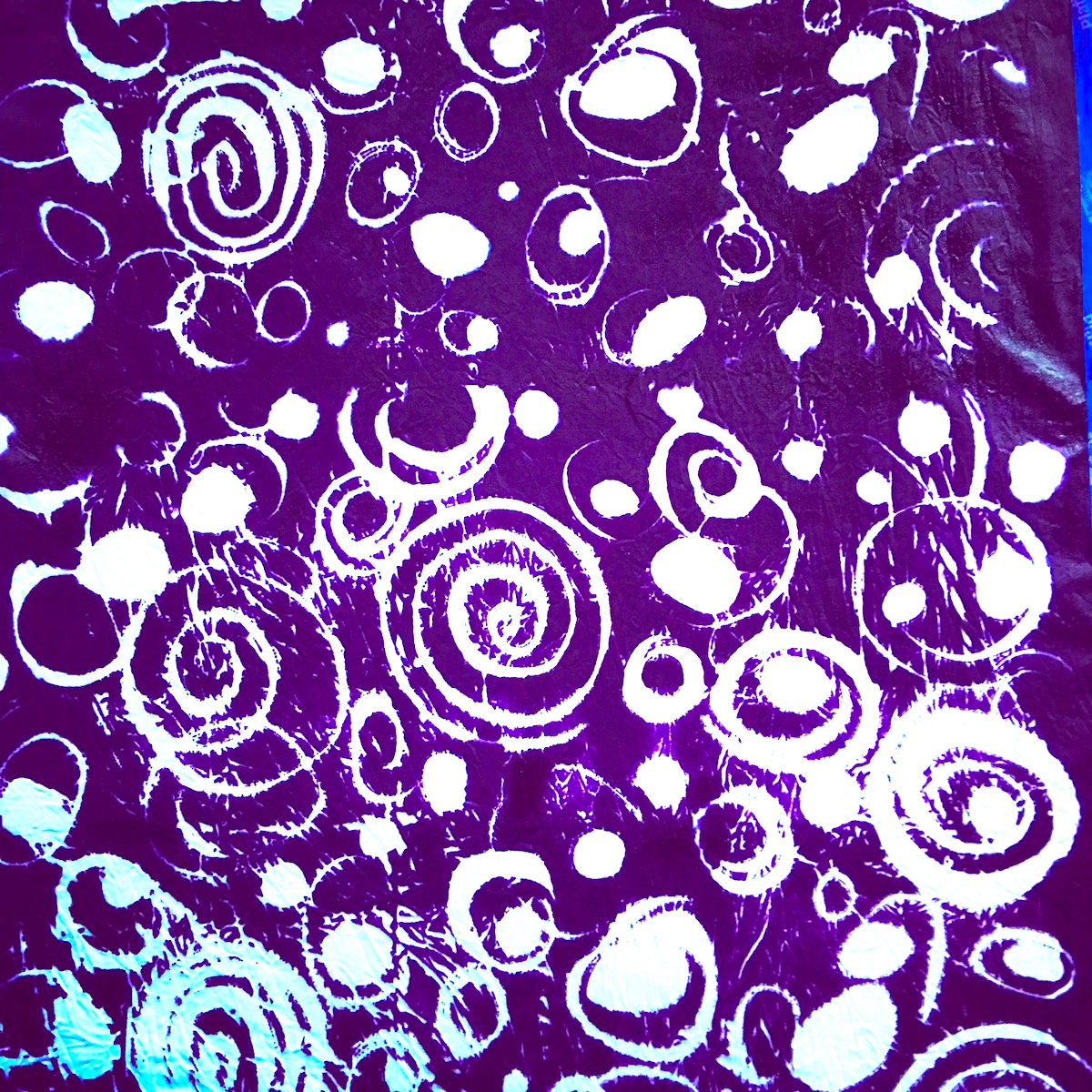
Using newsprint this was my first attempt at silk screening on white cotton
Have I talked about fear during the creative process? I know, I know, I have. But maybe you didn’t read that post and anyway, I’m feeling compelled. I’m always surprised when I feel fear while designing or doing something art “worthy”. Why feel frightened when creating something? Why should I feel anything but joy? How does fear, even a twinge of it, make itself known through all the curiosity and excitement? And while I don’t have complete answers for these questions, I do know it isn’t unusual for artists to feel tremendous fear when creating. So much so that there’s even a terrific book written on this very subject called Art & Fear ~ Observations On The Perils (and Rewards) of Artmaking by David Bayles & Ted Orland. Heading up the chapter entitled: The Academic World is this quote from Howard Ikemoto –
“When my daughter was about seven years old, she asked me one day what I did at work. I told her I worked at the college – that my job was to teach people how to draw.
She stared back at me, incredulous, and said, “You mean they forget?”
I went to Parsons School of Design for my undergraduate degree and majored in Fashion Design. Much of what I learned had to do with the business of fashion design and that there’s no such thing as new, that everything is recycled and that in order to succeed one must be as determined, if not more, about the business as one is about creating. The truth is, I learned little about being an artist and more about the challenges of being a designer in the business world. By my last year my fairy tale notion of what it would be like to be a fashion designer was thoroughly squashed and in my disillusioned state I felt only dread at the idea that I was about to go out into the world and seek a job, much less in the fashion world. After floundering for a few years I abandoned fashion design in favor of a series of jobs/careers that I thought might be more fulfilling and less soul wrenching. And while all the things I tried my hand at varied, even dramatically, they were all in the “Arts” of some kind. What I’ve learned is that artists tend to have a difficult time making a living with their art, no matter what the medium is.
There’s a wonderful quote from Oscar Wilde that begins Part II of the book Art & Fear.
“When bankers get together for dinner, they discuss Art. When artists get together for dinner, they discuss money.”
How does one price one’s art, something that might have taken hundreds of hours to create through trial and error, through missteps, through experimentation, through FEAR? If artists used an hourly wage system to price their work, all art would be so expensive no one could afford it. So most of us don’t. We can’t. And while in an ideal world no one would have to concern themselves with making money from their art, and instead would just spend all their time making it, few live in such a privileged world. The fear of being able to sell our work, and how that inhibits the process is a whole other topic and one most of us can understand, but there is another fear that is far more complicated. It is the fear one feels when confronted with something new, something one has never done before, but would like to learn. There is the fear of failure or appearing incapable or of ridicule, criticism or being seen as incompetent by others, but also by oneself. To create art, is to be at once vulnerable and confident, and it is a tricky balancing act to not lean more one way or the other. Both carry their own pitfalls.
Creating is a messy process. Most people never see all the discarded bits, the beginnings and first steps taken to get to that finished piece. What I love about blogs is that people are willing to show their process. My favorite blogs, in fact, are the ones that do just that.
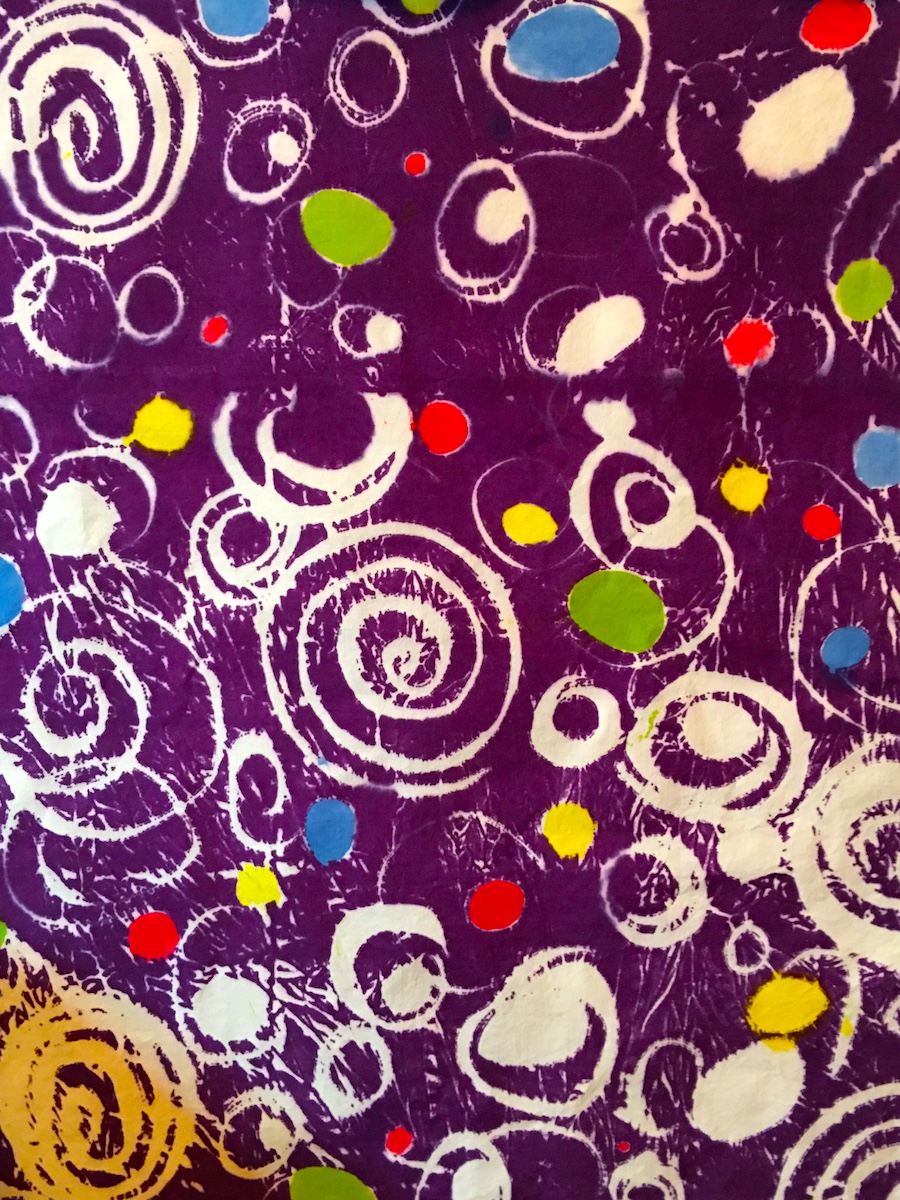
Adding color to the purple
When I am starting something new I often have an idea in my head. What I envision is always spectacular, but creating that idea takes skill, talent and knowledge, things I do not always have. So I have to learn, practice, and explore in order to be able to get the skills to (hopefully) produce the image I envision. Sometimes I’m successful, but more often I’m not. Sometimes I realize it will take me years to achieve the level of expertise required to make what I envisioned. So I have to accept that I won’t be able to do something as I’d hoped or modify what I’m doing to compensate or continue to practice, with the idea that eventually I might be able to produce what is in my mind.

Torn newsprint

For this piece I cut stencils out of a thin plastic sheet, before silk screening on top

This is the result of using those stencils that I removed for the red piece above

A technique attributed to Kerr Grabowski. This piece has yet to be washed, so who knows what it will look like!
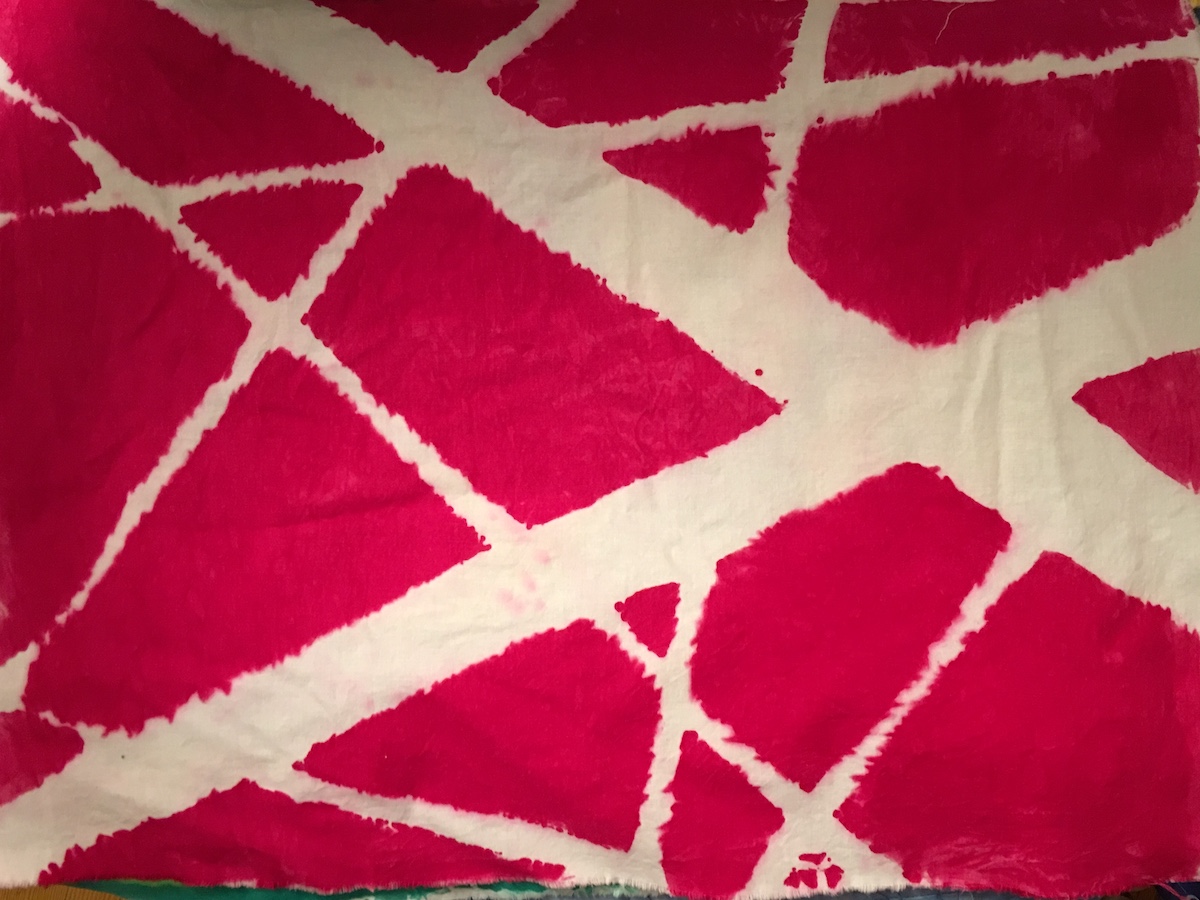
Another technique described in Elizabeth’s class.
Regardless of the approach I take, perfectionism is truly the greatest kill joy and, for me anyway, the root from which almost all my fear springs. While some argue that without perfectionism, we would settle for less or not work as hard, they are misunderstanding perfectionism at its most destructive. I am referring to perfectionism that lacerates, the kind of self-talk that abuses and brutalizes. It is that awful voice that needs to be muted before anything can be created. Free from perfectionism I am allowed to explore and play.
I have no idea what I’m going to do with any of the fabric I’ve silk screened, and in some ways that’s beside the point. I didn’t approach this lesson with a preconceived idea. And that’s the beauty of taking a class like this one. The assignments require you to explore and play first and then after you’ve done that, consider what you’ll make. Most of these fabrics have been done for almost two weeks now and I still don’t know what to do with any of them. Or as one of the many talented and wonderful people taking this class said, “I’m waiting for divine inspiration.”
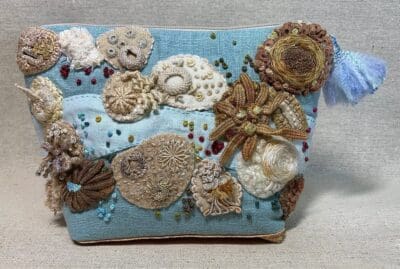
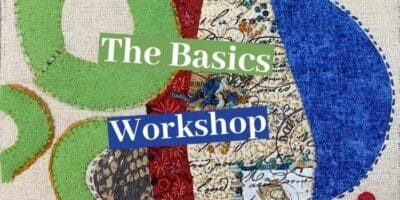


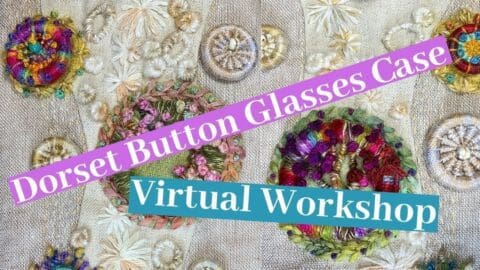
You write beautifully, Ariane! You have captured my thoughts as well during this “dyeing to Design” journey! But isn’t this desire to create so powerful that it drives us in spite of all the anguish along the way? Posting progress notes online in the class for all to see…has been so difficult for me…and for others since many that we met at the very beginning of class never posted at all. But then I would have missed out on all the encouragement from you and others…to keep on keeping on, to make the messes and have the failures in order to create!! I cannot wait to see what you continue to create!
Thank you Natalie! I have so enjoyed this class and everyone in it. SO glad you had the courage to show your work and comment. I’ve loved how we have all inspired and encouraged each other, with Elizabeth at the helm to guide us.
I’m still waiting for “divine inspiration”! Of course at some point I may have to give up on that and just do something with these fabrics in spite of the fear that I’ll mess it all up.
The fancier the fabric….the simpler the design!! Probably true in fashion too….
and thank you so much for taking the class – you ARE an inspiration!!
Aw… thanks so much Elizabeth. Simple is such a great reminder. I might even be able to do something with that idea!
Z, I don’t think you need to worry, I’ve yet to see anything you’re “bad” at! My nephew and his wife are artists who live in a lovely, loft style apartment building, a true “artist’s loft”. From what they’ve told me, and from what I have seen, some of their “screw ups” end up being their best work.
I’m pretty good at scrapbooking, but I am *terrified* each time I do a page or a layout, especially if the picture I’m using is extra special. Some of my best pages look nothing like they intended to!
Of all the methods used above, I like the green one the best. But they are all lovely, much like their creator.
xoxo – Ang
(((Ang))) Thanks for your kind words, as always. It’s such a nice feeling knowing that you are out there cheering me on, no matter what I’m up to!
I hope you and your brood are well.
XXX
Divine inspiration? I don’t recall the exact quote, but there is a timeworn correlation between perspiration and inspiration. Or as another great soul put it, “Faith without works is dead.”
It’s so clear to see the step-by-step process of you consorting and cavorting with your muse here.
It works if you work it!
Oh so now you tell me. I have to actually WORK to make the magic happen? 🙂